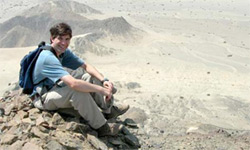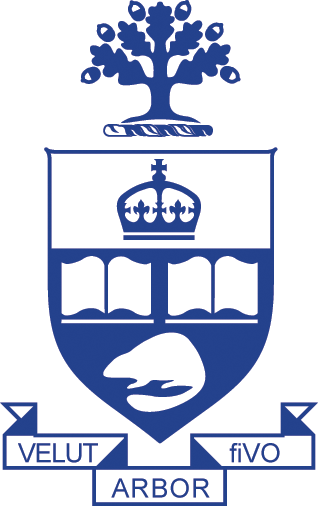Archaeological Spatial and Architectural Laboratory (ASAL)
Breakthroughs in GIS research are revolutionizing spatial analysis in archaeology. The application of these procedures has improved understanding of ancient landscapes, urbanization, and environmental change. Despite these important contributions, GIS research has been focused primarily on the technical and formal dimensions of built environments and has rarely been mobilized to interpret the symbolic and affective properties of ancient 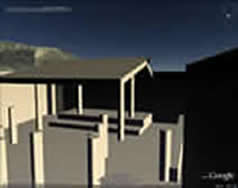 architecture. Through the use of state-of-the art GIS and mapping tools, the ASAL provides one of the few specialized facilities in Canada with an explicitly archaeological focus to investigate the culturally constructed meanings, experiential context, and political effects of architectural space. Its mission is to develop innovative archaeological methods to interpret the historical particulars of landscape formation and change. Ultimately, the laboratory aims to make contributions to understanding the fundamental role of the built enviornment in shaping both past and present social practices.
architecture. Through the use of state-of-the art GIS and mapping tools, the ASAL provides one of the few specialized facilities in Canada with an explicitly archaeological focus to investigate the culturally constructed meanings, experiential context, and political effects of architectural space. Its mission is to develop innovative archaeological methods to interpret the historical particulars of landscape formation and change. Ultimately, the laboratory aims to make contributions to understanding the fundamental role of the built enviornment in shaping both past and present social practices.
Dr. Swenson's research program focuses in particular on the politics of spatial production and the architectonics of ritual experience. The analysis of the architectural mediation of social inequalities, subject formation, public 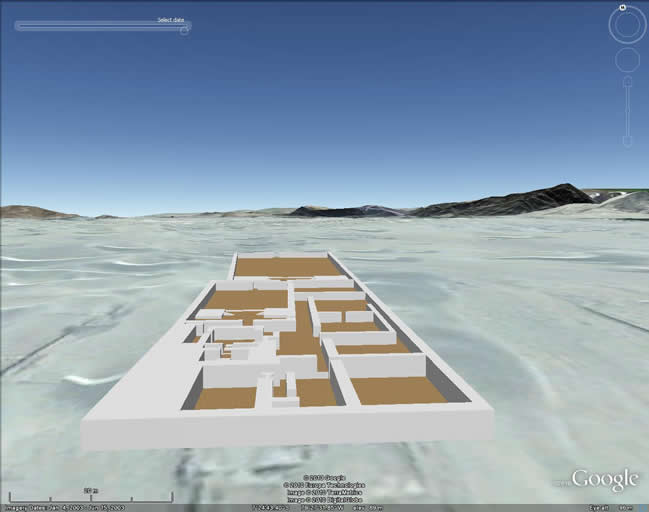 spectacle, and human-environment relations requires advanced mapping equipment, including Total Stations and Trimble GPS receivers employed during the course of archaeological survey and excavation. In turn, the application of an integrated suite of architectural and landscape modeling software (ArcGIS, Autocad, Surfer, Erdas, Google Earth Pro) offers creative solutions for the investigation of indigenous ideologies of place and identity as reflected in the changing spatial context of ritual performance and everyday residential practices.
spectacle, and human-environment relations requires advanced mapping equipment, including Total Stations and Trimble GPS receivers employed during the course of archaeological survey and excavation. In turn, the application of an integrated suite of architectural and landscape modeling software (ArcGIS, Autocad, Surfer, Erdas, Google Earth Pro) offers creative solutions for the investigation of indigenous ideologies of place and identity as reflected in the changing spatial context of ritual performance and everyday residential practices.
The ASAL was established to facilitate the implementation of Dr. Swenson's research and is designed to foster interdisciplinary collaboration among archaeologists, geographers, and anthropologists at the University of Toronto and beyond. The funding for the ASAL has been generously provided by grant through the Canadian Foundation for Innovation (CFI).
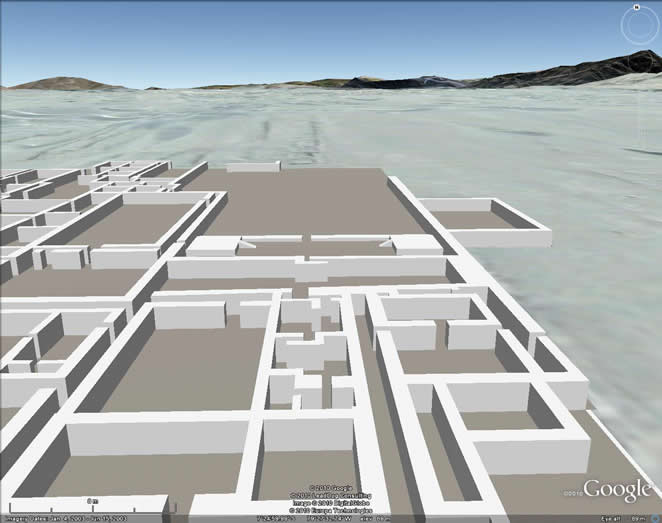
Jatanca facing north
